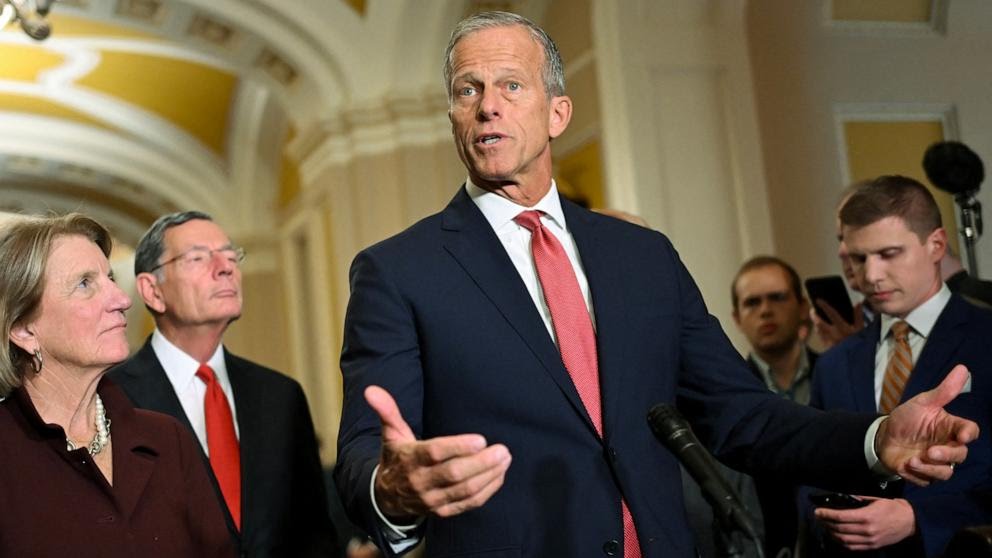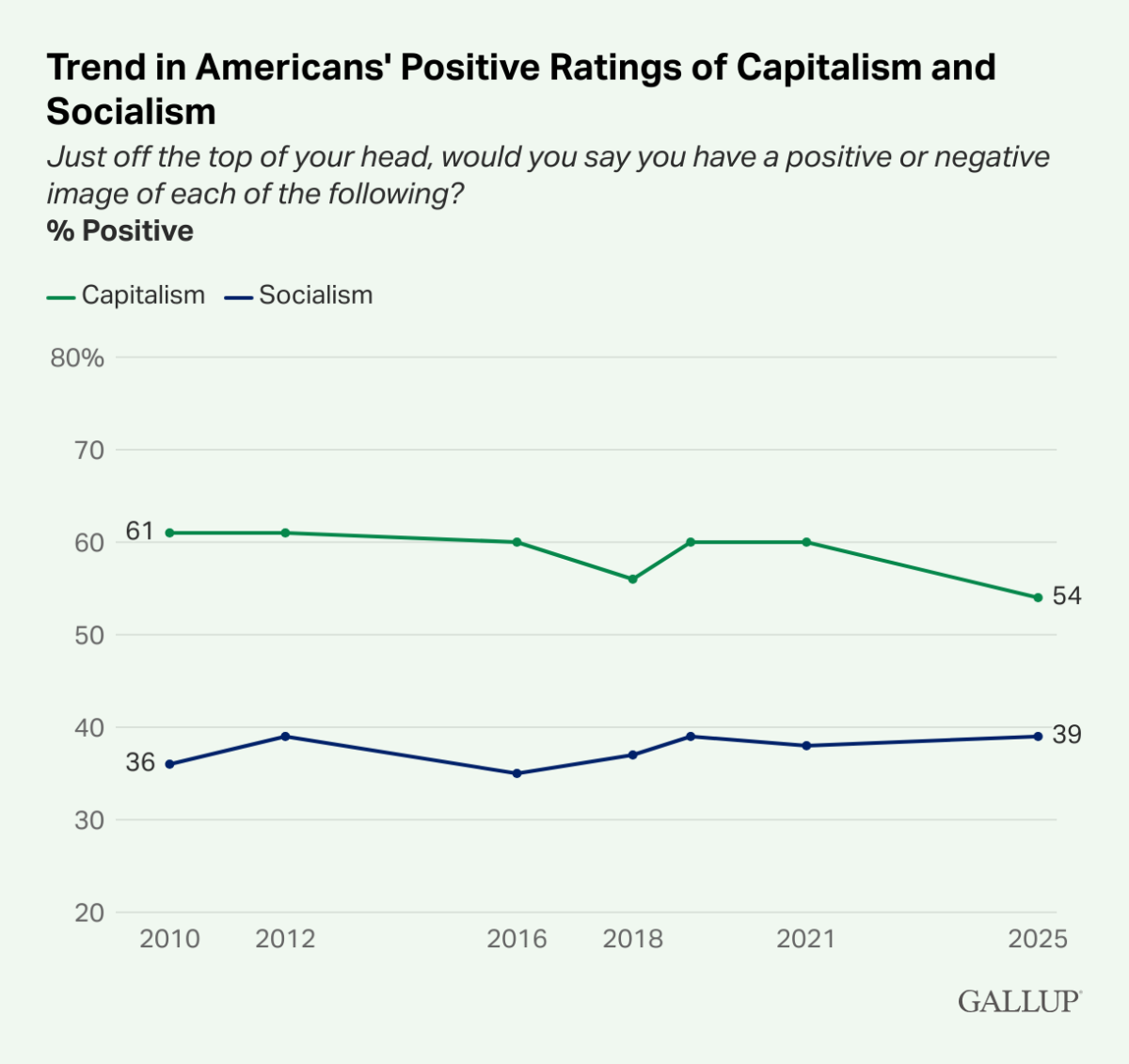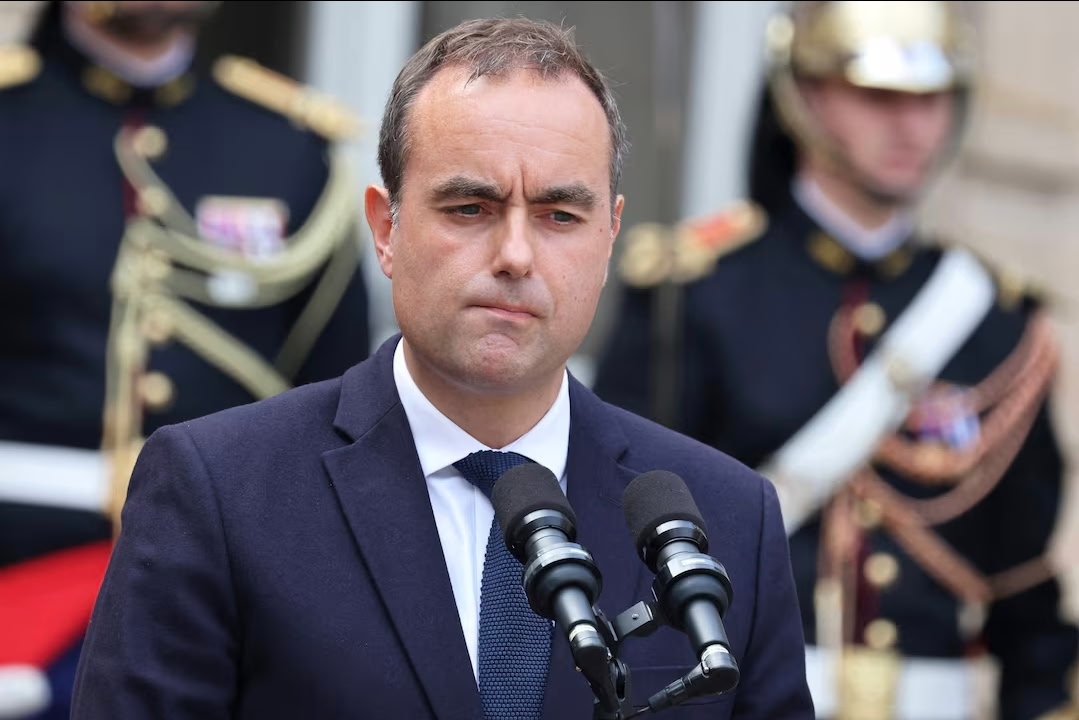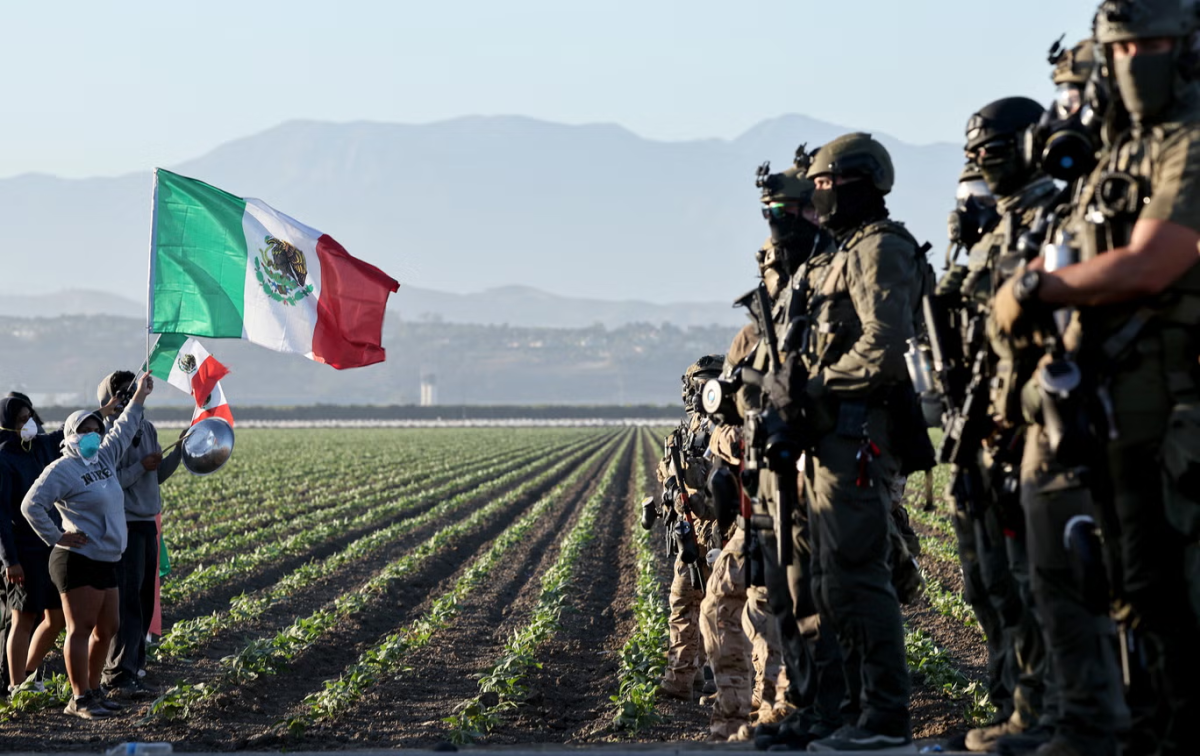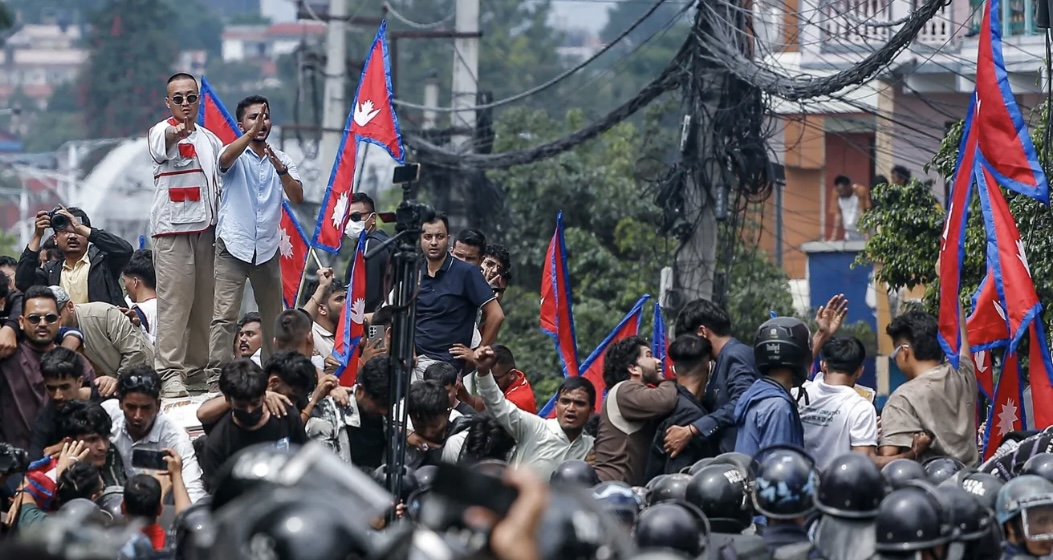On October 1, 2025, the United States federal government failed to pass a spending plan for the next fiscal year. As a result, the government entered its first shutdown in almost seven years, with the last one happening during the previous Trump administration in 2019. What this means is that, except for services deemed essential, such as law enforcement, government services are either being forced to work without pay or are being temporarily suspended, with about 40% of the Federal workforce on unpaid leave, around 750,000 people. The previous shutdown reduced economic output by $11 billion, according to the Congressional Budget Office, and current economic analysts estimate that this shutdown could shave off roughly 0.1-0.2 percentage points off economic growth for each week it continues. However, with the Trump administration making threats to fire federal workers instead of furloughing them and not giving back pay to certain federal workers once the shutdown is over, it has the potential to make the shutdown even worse for the economy.
Republicans do have a majority in both legislative branches, but their Senate majority is only a slim majority of 53 senators, meaning that they need to get at least 7 Democrats to vote for their spending bill. Their efforts to get Democrats to vote for the bill failed, primarily due to an argument over healthcare spending. Democrats oppose spending cuts to government health agencies and want to see an extension to enhanced tax credits for the cost of premiums in the Affordable Care Act, or Obamacare, marketplaces. Around 7% of the population relies on these tax credits to afford their insurance premiums, with research by the nonpartisan health research organization Kaiser Family Foundation predicting premium payments to increase by 114% if the credits expire, meaning enrollees would have to either pay the doubled fee, switch to a higher deductible insurance plan, switch to a job that offers insurance, or just lose coverage all together. The CBO estimates that around 4 million people will become uninsured if the enhanced tax credits expire. It also estimates that continuation of the policy will cost the United States government $350 billion over the next ten years. As the shutdown continues, Republicans have refused concessions and largely blame the Democrats for the shutdown, while Democrats are continuing their demands, believing their policies hold more popularity among the people.
While services deemed essential or that pay for themselves will go on uninterrupted, many other government services are facing disruptions and will impact the economy. Food aid programs such as the Women, Infants, and Children program were expected to run out of funding in two weeks, but the United States Department of Agriculture dispersed leftover funds from the previous fiscal year to help. The larger food program, the Supplemental Nutrition Assistance Program, is funded through October, with the USDA telling state agencies to hold off paying for November benefits for lack of funding. A contingency plan from the Treasury Department has allowed slightly more than half of the Internal Revenue Service’s 74 thousand employees to continue working with pay from alternative sources to the annual appropriations, although many of these workers have received Reduction In Force issues, telling them they would be fired on December 9th. 87% of Federal workers in the Department of Education have been temporarily furloughed, especially affecting the office overseeing special education. While they are still accessible to the public, the National Park Service has shut down operations, not keeping road and trail condition and safety updates. Social Security and other benefits will continue, but the shutdown has left them unable to perform essential services, such as providing benefit verification letters and properly deciding benefits due to a lack of a completed inflation report from September, due to Labor Department furloughs. While Air Traffic Controllers and the Transportation Security Administration are essential workers, many staffing shortages due to lack of pay have led to delayed flights and other problems.
Trump’s actions regarding the shutdown have also taken a partisan stance, with Trump saying the firings would specifically target “Democrat programs” or departments that go against his political agenda. To ensure the military would receive funding, the administration said they had found appropriate funds, but they said this would mean that certain workers would receive no backpay, likely from these “Democrat programs”. When asked about the legality of his actions, he said, “What the law says is correct, and I follow the law.” The administration’s political actions have also warranted backlash, with a workers’ union from the Department of Education suing the administration for including political language blaming the Democrats in their furlough emails. The Trump administration’s continued political targeting of departments greatly increases the risk of harm to the economy and government services during the government shutdown.

